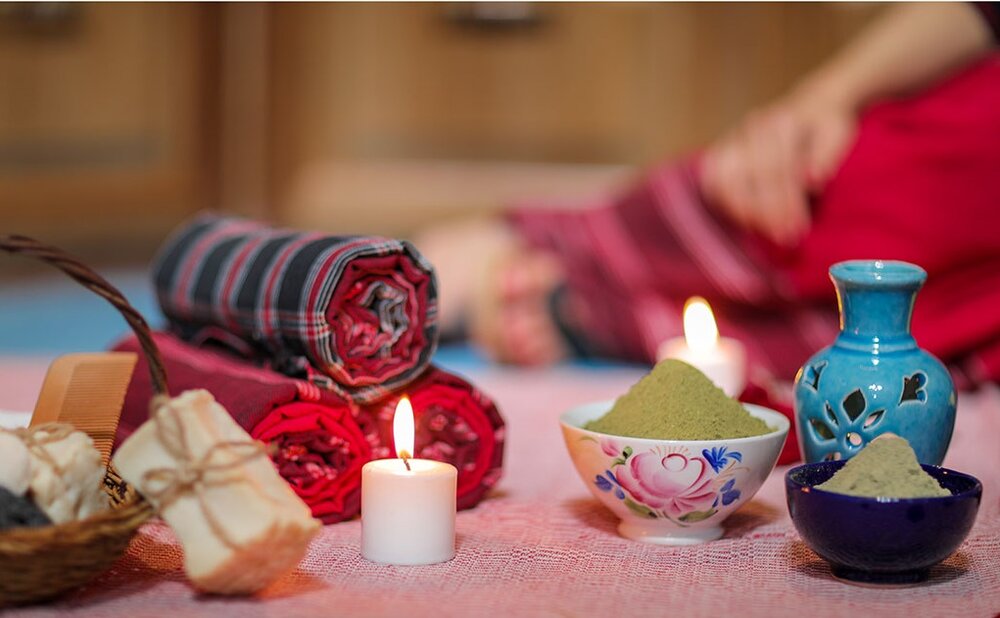Centuries-old bathhouse undergoes restoration this time as travel destination

TEHRAN – Restoration work has commenced on an abandoned Hammam in western Iran intending to turn the centuries-old public bathhouse into a travel destination.
The bathhouse is located in the ancient city of Azna in Lorestan province. It will be turned into a destination for sightseers, features, and history buffs.
“Hammam-e Marzian has undergone restoration….. and the historical bathhouse will be renovated based on the original form,” the provincial tourism chief Seyyed Amin Qasemi said on Saturday.
“Lorestan province embraces over 5,000 historical structures, of which 2,452 ones are registered in the national heritage list,” the official said.
Public bathhouses in Iran were not only places for bathing and cleaning up. They had a social concept for people who gathered at these places weekly.
It was a place where people talked with each other about their daily life and shared humor and news. There are still bathhouses in Iranian cities but they do not have their social function anymore since most people have bathrooms in their homes due to the modern lifestyle.
Some cities had separate bathhouses for men and women. They were usually built next to each other. However, there were some bathhouses, which were used by men and women at different times of the day.
There were also male and female public bathhouses; at daybreak, a longhorn (Booq-e javaz) was blown to announce that the bath was ready. Men came to the baths from daybreak till the afternoon. Women could use the bathhouses from then to sunset. In some cases, five days were allocated to men and two days to women.
Persian literature is full of proverbs, narrations, and folk stories about bathhouses, which indicate the importance of the place in the past time.
A region of raw beauty, Lorestan was once inhabited by Iranian Indo-European peoples, including the Medes, c. 1000 BC. Moreover, Cimmerians and Scythians intermittently ruled the region from about 700 to 625 BC. Lorestan was incorporated into the growing Achaemenid Empire in about 540 BC and successively was part of the Seleucid, Parthian, and Sassanid dynasties.
Furthermore, ancient Lorestan is famed for its Luristan Bronzes for their eclectic array of Assyrian, Babylonian, and Iranian artistic motifs, dating from this turbulent period.
AFM
Leave a Comment